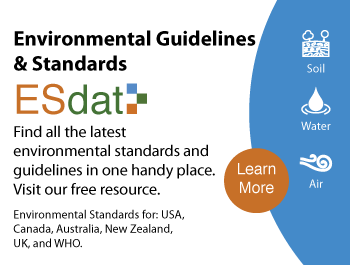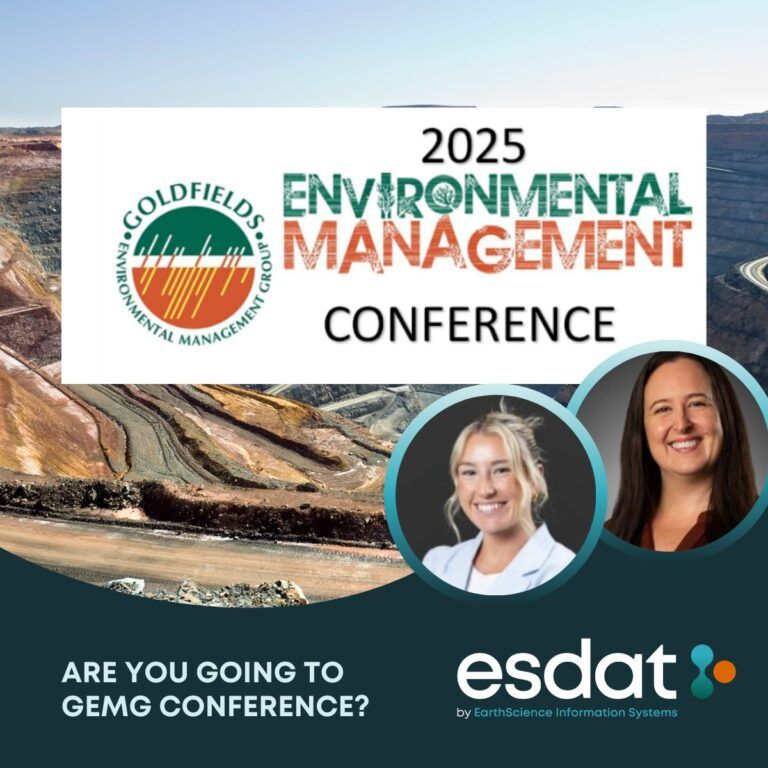The guidelines for fresh and marine water quality were developed to enforce the proper management of natural and semi-natural water resources in Australia and New Zealand. The latest revision on the guidelines was done in 2018 and is a powerful tool for water managers to assess, manage, and monitor water quality in aquatic systems. Consequently, the guidelines support community values connected with water, for instance, aquatic plants and animal life. It also fosters other practices such as indigenous cultural and spiritual values and primary industries use. Despite the guidelines not being mandatory, it has been applied by ANZ governments and Australian state and territory governments in the development of regulations and policies regarding water management. The guidelines are also used by researchers, regulators and planners in the management of waterways.
The revisions implemented on the guidelines integrate new knowledge and science, making it more relevant for use in the current period. It resulted in new toxicant default guideline values, new techniques for deriving them, an extensive water quality management framework, new physical and chemical stressor information, integration of indigenous cultural and spiritual water uses, and enhanced procedures for monitoring and reporting. Additionally, a new weight-of-evidence approach was introduced for water quality assessment and management.
The default guideline values (DGV) has information on physical and chemical stressors and toxicants that defines the levels at which unacceptable risks in water quality may occur. These toxicants include cadmium, chloroform, ammonia, and cyanide. Revision on DGVs presented new information for some toxicants. The guidelines also provide an approach for the development of site-specific DGVs. Through DGVs, water managers can implement suitable strategies for the management of water quality and development associated policies and regulations.
ANZ Guidelines for Fresh & Marine Water Quality
ESdat is a specialist environmental database system; used to validate and import a broad spectrum of Environmental Data and help users analyze and report it.
ESdat Online delivers a highly cost-effective and efficient approach to store your ongoing monitoring environmental data, optionally with a historical data upload provided as a getting started service. ESdat Online is perfect if you want a cloud-based system that collates and reports your ongoing laboratory and field results.
ESdat Server provides the advantages of ESdat Online with the option of adding ESdat Desktop for data experts to upload their historical data, effectively interrogate the raw data being used within the database, and automatically launch and send data to other Desktop Applications such as Surfer, ArcGIS and Excel.
A variety of complementary products are also available to help with related work, such as sample planning and electronic Chain of Custody (LSPECS), offline field data collection or bore logging (pLog), production of bore logs (ESlog), public portals and customized reporting.
All compiled environmental guidelines and standards are shown on the ESdat website. These are pre-loaded into ESdat Online.

References
Commonwealth of Australia (2021). Australian and New Zealand guidelines for fresh and marine water quality. Retrieved from https://www.waterquality.gov.au/guidelines/anz-fresh-marine
Commonwealth of Australia (2021). Toxicant default guideline values for protecting aquatic ecosystems. Retrieved from https://www.waterquality.gov.au/anz-guidelines/guideline-values/default/water-quality-toxicants/search/master-table






